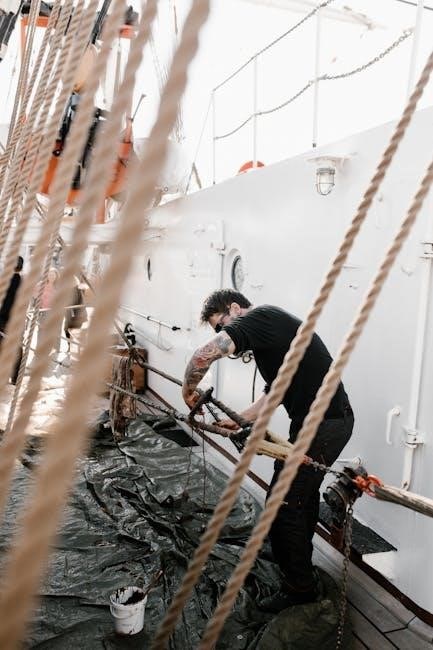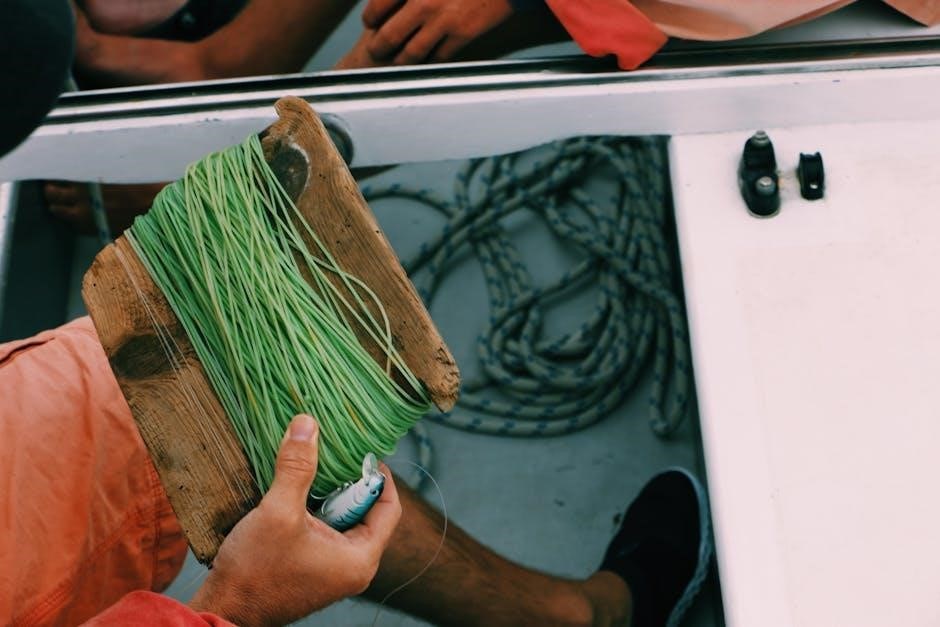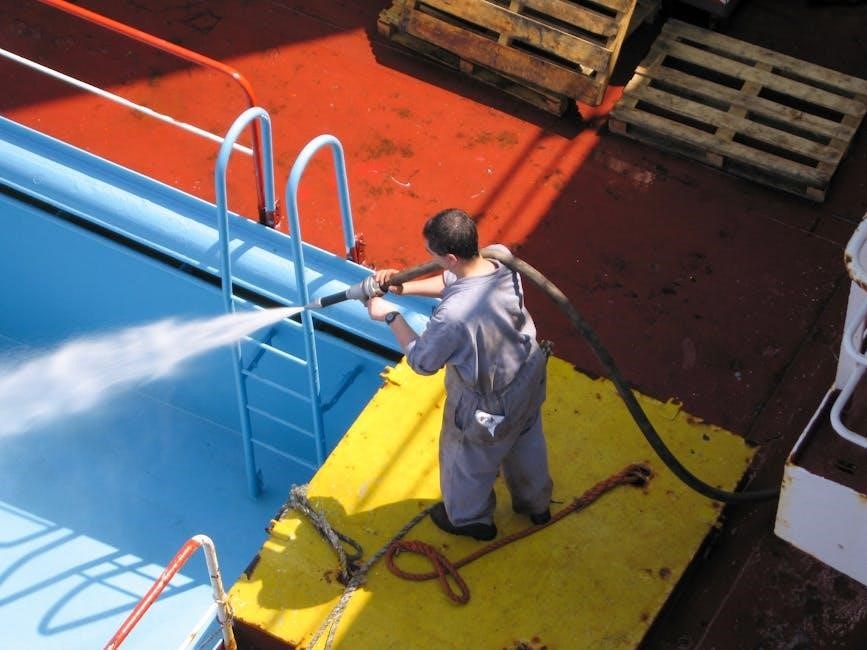Marine Corps Guidon Manual: A Comprehensive Guide
This manual serves as a detailed resource for understanding Marine Corps guidons. It encompasses regulations, design elements, usage protocols, and customization options. The aim is to provide a comprehensive overview for Marines.
Marine Corps guidons are more than just flags; they are symbols of unit identity, tradition, and esprit de corps. Carried by company, battery, troop, or platoon-sized detachments, these guidons serve as a rallying point during drills, ceremonies, and deployments. They visually represent a unit’s lineage and its place within the Marine Corps structure. The guidon is a source of pride for the Marines within that unit.
Understanding the significance and proper handling of a Marine Corps guidon is crucial for all Marines. This manual will delve into the specifics of guidon regulations. Also, it will cover design, and authorized uses, ensuring Marines uphold the traditions and standards associated with these important symbols. From recruit platoons to established companies, the guidon represents the heart of the Marine Corps.
Regulations and Specifications
Marine Corps guidons adhere to strict regulations outlined in official documents. These regulations dictate dimensions, materials, design elements, and authorized usage. Compliance ensures uniformity and respect for tradition within the Corps.
Governing Regulations: MCO P10520.3B and AR 840-10
The design, acquisition, display, and use of Marine Corps guidons are governed by specific regulations. Marine Corps Order P10520.3B (MCO P10520.3B) and Army Regulation 840-10 (AR 840-10) are the primary documents outlining these standards. These regulations provide detailed instructions on the design of all colors and guidons, as well as identifying the types of units that are authorized to possess these items.
Adherence to these regulations ensures uniformity and proper representation. MCO P10520.3B specifically addresses Marine Corps policies, while AR 840-10 provides broader guidelines applicable across multiple service branches, including the Marine Corps. These regulations outline the type and design of all colors and guidons.
Dimensions and Materials
Marine Corps guidons adhere to specific dimensional requirements and material specifications outlined in governing regulations. The standard size for a Marine Corps guidon is 1.83 feet on the hoist, which is the vertical side, and 2.33 feet on the fly, the horizontal side. These dimensions ensure uniformity and recognizability across all units.
Materials used in construction include a red wool cotton bunting fabric, known for its traditional look and feel. However, modern variations may utilize high-tech, fade-resistant, and durable fabrics to enhance longevity. These materials are chosen to withstand the rigors of drill and ceremonies while maintaining a professional appearance. Specifications also detail the height of numbers and letters.
Hoist and Fly Measurements
The hoist and fly measurements are critical aspects of Marine Corps guidon specifications, ensuring uniformity across all units. The hoist, representing the vertical dimension of the guidon, must measure precisely 1.83 feet. This standardized height allows for consistent display and recognition during parades, ceremonies, and other official functions.
Conversely, the fly, which denotes the horizontal length of the guidon, is set at 2.33 feet. These specific dimensions, as mandated by regulations like MCO P10520.3B and AR 840-10, contribute to the guidon’s overall appearance and adherence to Marine Corps standards. Accurate hoist and fly measurements are essential for maintaining tradition and order.
Fabric Specifications: Wool, Cotton, and Nylon
Marine Corps guidons adhere to strict fabric specifications, with wool, cotton, and nylon being the primary materials. Traditional guidons often utilize a red wool cotton bunting fabric, known for its classic look and feel, measuring 28 inches long and 23 inches high. These materials provide the authentic aesthetic associated with Marine Corps tradition.
Modern guidons may incorporate high-tech, fade-resistant nylon fabrics, offering increased durability and longevity. Nylon ensures vibrant colors and resistance to wear and tear, making it suitable for both indoor and outdoor display. The choice of fabric balances tradition with modern performance requirements, ensuring the guidon’s lasting quality.

Guidon Design and Components
Marine Corps guidons feature distinct design elements. These include the Eagle, Globe, and Anchor emblem and unit designations using specific letters and numbers. These components are crucial for identifying the unit.
Emblem: Eagle, Globe, and Anchor
The Eagle, Globe, and Anchor (EGA) is the central emblem on Marine Corps guidons, rendered in gold polyester. This iconic symbol represents the core values and global reach of the USMC. Its design and placement adhere strictly to MCO P10520.3B, ensuring uniformity across all guidons. The EGA signifies the Marine Corps’ commitment to service on land, sea, and air. It embodies the spirit, traditions, and history. The meticulous detail in its application reflects the pride and heritage of the Corps. The emblem is a constant reminder of the Marine’s dedication, honor, and unwavering commitment. Its presence on the guidon symbolizes strength and unity within the Marine Corps.
Unit Designation: Letters and Numbers
Marine Corps guidons prominently display unit designations through carefully applied letters and numbers. These alphanumeric identifiers signify a specific company, battery, troop, or platoon. The height, font, and placement of these designations adhere to strict regulations outlined in MCO P10520.3B. Typically, letters represent the company or unit type, while numbers denote the battalion and regiment affiliation. These markings are crucial for immediate unit identification during drills, ceremonies, and field operations. Appliqued letters/numbers are used, ensuring durability and visibility. Accurate and precise representation of the unit designation reflects order and discipline. The specific color and style comply with USMC standards. The lettering is designed for clear recognition at a distance, essential for command and control.

Types of Marine Corps Guidons
Marine Corps guidons vary based on the unit and purpose. They include company guidons for daily use, recruit platoon guidons for training, and ceremonial dress guidons for formal occasions, each adhering to specific regulations.
Company Guidons
Company guidons are essential for identifying Marine Corps companies in various settings. These guidons are typically red and display the company designation using letters and numbers. They are used in drill, ceremonies, and daily activities to maintain unit cohesion. Made from durable materials like wool cotton bunting or nylon, they adhere to strict USMC regulations, including MCO P10520.3B;
Regulation sizes are 28 inches long and 23 inches high, ensuring visibility and uniformity. The emblem, typically the Eagle, Globe, and Anchor, is prominently featured; The guidons serve as a symbol of the company’s identity and its Marines’ pride. They are finished with a pole hem and tab for proper display on a guidon pole.
Recruit Platoon Guidons
Recruit Platoon guidons are vital for identifying recruit platoons during training. These guidons typically feature a scarlet base with gold or yellow numbers representing the specific platoon. Constructed from nylon, these guidons are designed for both indoor and outdoor display. They adhere to USMC regulations, ensuring uniformity across all recruit platoons.
Measuring 17 inches high and 24 inches long, they are easily visible during drills and ceremonies. The numbers are appliqued for durability and readability. These guidons play a crucial role in instilling unit pride and esprit de corps among new Marine recruits. Finished with a pole hem and tab, they are ready for immediate use.
Ceremonial Dress Guidons
Ceremonial Dress Guidons are specifically designed for formal events and parades within the Marine Corps. These guidons are crafted to meet official USMC flag regulations, signifying the unit’s identity with pride and precision. Constructed from scarlet rayon fabric, they offer a distinguished appearance suitable for ceremonial occasions. Measuring 16 inches by 17 inches, their size is tailored for display in formal settings.
These guidons feature meticulous detailing and vibrant colors. They enhance the visual impact of any Marine Corps ceremony. While maintaining a traditional look, rayon provides durability. This ensures the guidon remains pristine throughout its use. They are a symbol of honor and tradition.

Customization and Special Cases
Certain units receive authorization for unique guidons. This section covers approved deviations from standard designs. It also addresses procedures for requesting custom guidon orders, ensuring adherence to regulations and traditions.
Authorized Second Guidon: Suicide Charley Example
Charlie Company, 1st Battalion, 7th Marines, famously known as “Suicide Charley,” stands as a prominent example of a unit authorized to possess a second guidon. This exceptional permission acknowledges the unit’s distinguished history and unique circumstances. Their authorized second guidon departs from standard regulations, showcasing a white field adorned with a skull and crossbones. This distinctive design symbolizes the unit’s tenacious spirit and storied legacy within the Marine Corps.
The existence of “Suicide Charley’s” second guidon highlights the Marine Corps’ willingness to recognize exceptional unit histories through authorized deviations from standard guidon protocols. This instance underscores the importance of understanding both the regulations and the exceptions that exist within the Marine Corps guidon system.
Custom Guidon Orders
The process of ordering custom Marine Corps guidons involves adhering to specific regulations and procedures. While standard guidons follow prescribed designs, custom orders allow for certain modifications, subject to approval. Units seeking a custom guidon must submit a formal request, detailing the desired alterations and justifications. These requests are reviewed to ensure compliance with Marine Corps heraldry specifications and regulations outlined in MCO P10520.3B.
Customization options may include specific unit emblems, colors, or lettering styles, but these must align with established guidelines. The approval process ensures that any custom guidon maintains the dignity and traditions of the Marine Corps. Authorized vendors, specializing in military guidons, can assist in the design and production of custom orders, ensuring adherence to all regulations.

Guidon Usage and Display
Proper guidon usage and display are crucial in Marine Corps ceremonies and daily activities. Guidons are integral to drill, parades, and formations, signifying unit identity and esprit de corps.
Drill and Ceremonies
The Marine Corps guidon plays a vital role in drill and ceremonial events, representing unit identity and fostering unit cohesion. During these events, the guidon bearer executes precise movements according to established regulations and traditions. The guidon’s presence enhances the formality and solemnity of ceremonies, reinforcing the Marine Corps’ values. The guidon is carried by the guidon bearer, who must maintain bearing, appearance, and adhere to drill commands. The guidon bearer becomes a focal point of the formation, symbolizing the unit’s spirit. Proper handling of the guidon in drill and ceremonies demonstrates discipline and respect for Marine Corps customs. The guidon is a tool for cohesion and order.
Pole Hem and Tab Finishing
The pole hem and tab finishing are critical aspects of a Marine Corps guidon’s construction, ensuring proper attachment to the guidon pole and facilitating smooth handling during drills and ceremonies. The pole hem is a sleeve sewn along the hoist edge of the guidon, designed to encase the guidon pole. The tab, typically made of durable material, is attached to the top of the pole hem, providing a secure point for fastening the guidon to the pole. The pole hem and tab must be constructed according to precise specifications to prevent slippage or damage during use. Proper finishing ensures the guidon hangs correctly and contributes to a sharp, professional appearance. These elements are essential to the functionality and presentation of the guidon. They facilitate seamless integration with the guidon pole.
